SMPTE’s Media Tech Summit Puts AI, IP in the Hollywood Spotlight
Seven years after its adoption, panelists say ST 2110 is entering its ‘mature phase’
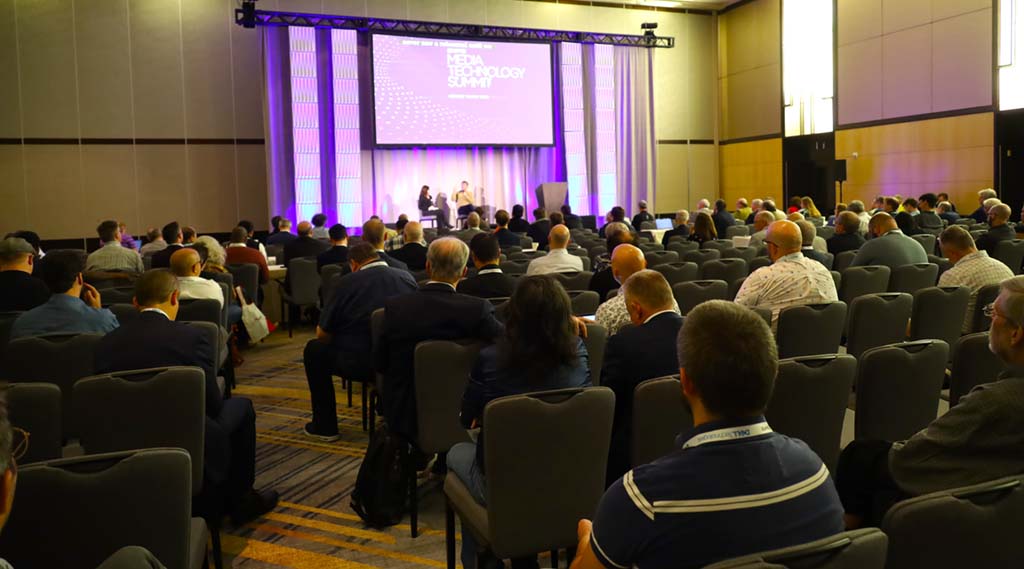
HOLLYWOOD, Calif. —The SMTPE Media Technology Summit made a return engagement at the Loews Renaissance Hollywood Hotel here, playing before an audience of some 800 television and cinema industry professionals. While the four-day event (Oct. 21-24) featured sessions on a broad range of cutting-edge topics including advances in video compression, color-space management, content streaming, virtual production, high dynamic range (HDR) and cloud applications, artificial intelligence (AI) and SMPTE’s ST 2110 digital media IP transport standard were a very big part of the agenda.
Opening the proceedings, Society of Motion Picture and Television Engineers President Renard Jenkins welcomed attendees to “the only peer-reviewed conference that is still in existence today for media technology.”
He told the audience they were part of a very special group. “We have the opportunity to affect the direction of our industry, because we are the science behind the art of motion picture and content creation, as well as visual imagery,” he said.

In the aftermath of the pandemic, “our industry is in a corrective state,” Jenkins said. Productions and the overall industry are now starting to ramp up, he said, although the situation is not what it was before COVID-19.
“We’re seeing productions coming back, but not coming back as great as they were in 2021 and prior to 2020,” he said. “However, we are seeing that they are coming back at the rate of 2017, which is a little more of what we should expect. The market and the industry, as a whole, were saturated—content was being created everywhere, and we were in the gravy boat together, and things were wonderful.
“COVID showed us that we had to think differently about what we do,” Jenkins continued. “Like the phoenix, we do rise, because people love our content, people love to be able to communicate and we have an immense amount of power and an immense amount of influence and impact throughout the world. Having that type of power and impact is something that we as an industry should hold very close, and understand that it is the responsibility that we have to actually put forward.
“Let us be ethical in the way we operate,” he concluded. “Let us be inclusive in the way we build our teams. Let us think forward and think about what we are doing, because just because we can does not mean that we should.”
Get the TV Tech Newsletter
The professional video industry's #1 source for news, trends and product and tech information. Sign up below.
AI on Center Stage
AI is taking on more and more roles in cinema and television content creation, as was reinforced in several sessions at this year’s MTS. In one, a dialogue between cinematographer and director Lawrence Sher and Variety senior entertainment technology and crafts editor Carolyn Giardina, Sher urged attendees to embrace artificial intelligence.
We have an immense amount of power and an immense amount of influence and impact throughout the world. Having that type of power and impact is something that we as an industry should hold very close.”
Renard Jenkins
“Don’t be afraid of technology,” he said. “I think the knee-jerk reaction is to be terrified about new technology such as AI. I’d rather embrace what is possible for it to do and then choose what parts of it that work. I think AI is a powerful tool. I’ve seen [it create] beauty and I’ve seen things that are soulless and terrible. I don’t think we are going to be replaced.”
Erik Weaver, director of the Entertainment Technology Center at USC, also shared his views on AI in “Foundations of AI in Entertainment: A Two-Year Retrospective on Tech and Trends.”
Discussing the practicality of AI, Weaver observed that despite all the rumors and fears, the technology is still experimental and very expensive to deploy. “It costs $700,000 a day to operate ChatGPT,” he said. “And it’s a perfect container for hype and fantasies.
“Don’t believe the hype, ChatGPT is not AGI [artificial general intelligence] and no jobs will be replaced,” Weaver said. “[However], generative AI will put more power in the hands of the ‘top of the food chain,’ creatives like directors and producers who will love its ability to help them communicate their vision and prototype shots.”
While much progress has been made in AI and machine learning in recent years, he noted, there’s a lot more to do.
“The big breakthrough in AI came with the release of Chat GPT 0.1,” Weaver said. “It uses chain-of-thought reasoning and develops logical thinking steps. I’ve seen some amazing stuff coming down the runway lately.
“[However], the domain of AI is vast, complex and still poorly understood — even in the AI research community,” he continued. “The technology is advanced in certain areas, and burgeoning in others. It involves many domains of science and tech. It touches many different areas of an organization unevenly. And it scares everyone.”
The ethics of applying AI also remain a gray area, Weaver noted, which presents a challenge to users.
“AI governance is an emerging and complex issue, which for most organizations doesn’t have a precedent,” he said. “Regulations are still emerging and the boundaries or even implications of AI governance are still very opaque. Just like the technology itself, the ethics of AI is still experimental and involves multiple domains and competencies.”
Diving Deep Into ST 2110
Although AI wove its way into many of the conference presentations, the really big spotlight was aimed at SMPTE’s ST 2110 suite of standards for content transport and metadata via internet protocol (IP). Sessions covered ST 2110’s role in the fine-tuning of LED video walls, or “volumes,” used in production sets; support for the most recent video codecs; and even its application in making this year’s Paris Summer Olympics more “accessible and immersive.”
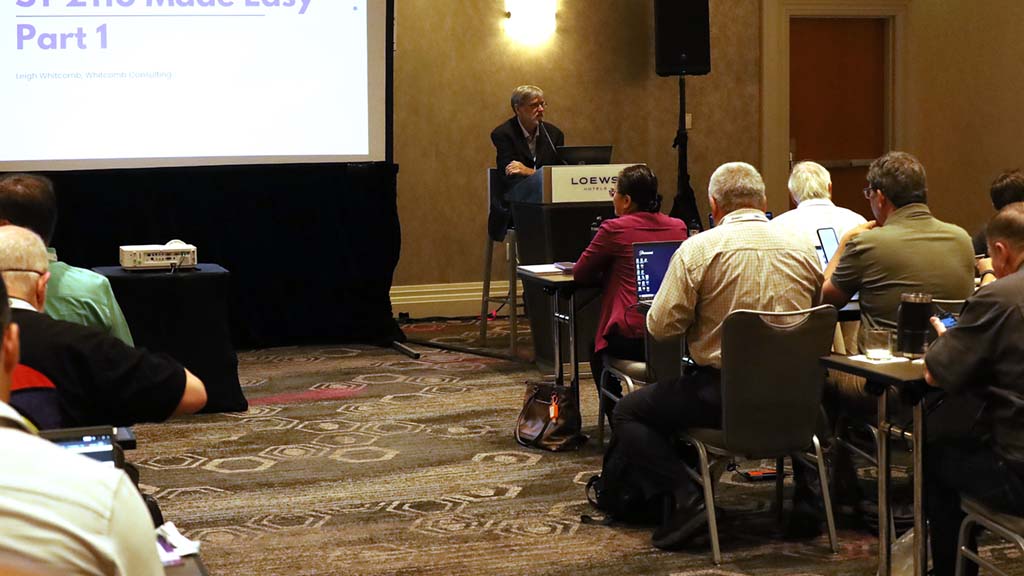
The conference also featured an intensive five-hour training session designed to provide a grounding in the theory behind ST 2110 signal transport, as well as the project-management elements necessary to create a successful IP infrastructure.
Enrollment in the ST 2110 class, which took place on the final day, was limited to just 70. Whitcomb Consulting Principal Leigh Whitcomb discussed the various elements of systems for transporting content over IP, and Karl Kuhn, principal and founder of consultancy Sherwood Insights, gave information to help smooth the transition from an SDI (serial digital interface) infrastructure to an all-IP facility.
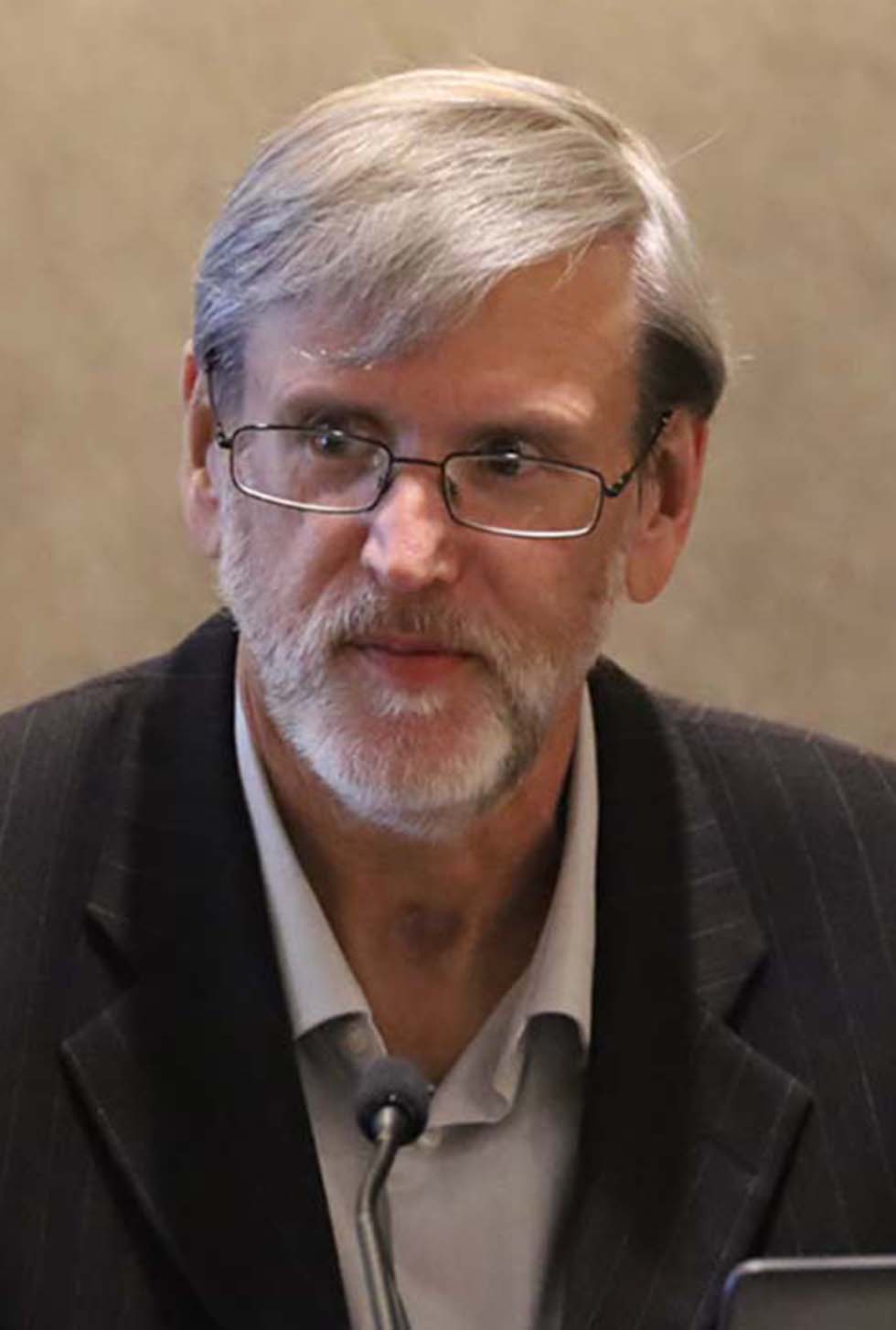
Whitcomb’s contribution included the planning and design of an ST 2110 network; precision time protocol (PTP) timing; and the place of the SMPTE ST 2059 standard in implementing PTP for the synchronization of video over IP networks.
The goals for Whitcomb’s portion of the training were to provide “an appreciation of the key differences between SDI and ST 2110 systems; a description of the role of each model comprising the ST 2110n suite; a discussion of how video, audio and ancillary data are packetized; an explanation of how synchronism is achieved between different media flows; an understanding of the packet traffic constraints for video signals; and how to read and understand an SDP [session description protocol] file,” he said.
Such an educational session is needed because now that ST 2110 has been around for seven years, “the market has become relatively mature,” he said.
“Before, unless you were doing it for the flexibility, there weren’t as many business reasons for moving to ST 2110,” Whitcomb said. “Nowadays, there are a lot more. If you’re building a new facility or need a lot of flexibility it makes sense to go to 2110. If you’re doing any upgrades, 2110 makes a lot more business sense. And if you’re going to switch to 2110, you want to get educated in it. Some things are the same as SDI—the functions you have to do are the same—[but] how we do it is quite different.”
Whitcomb broke his training component into two parts—ST 2110 itself and PTP (precision time protocol) synchronization, a necessary part of creating an IP infrastructure. A separate emphasis on PTP was needed, he said, because the protocol has acquired a somewhat “jaded” reputation—and must be better understood to move forward with ST 2110.
“[Early on], there were a lot of mistakes made,” he said. “People made some bad decisions. There were some implementation problems, and there were a lot of bad feelings and myths going around.
“People were saying PTP doesn’t work and it’s really hard; I’m trying to demystify that,” he said.
Whitcomb noted that while analog color black timing was relatively foolproof, “there are many ways to do PTP wrong, but there are some simple rules to do it right, and when you do, you will have a good experience.”
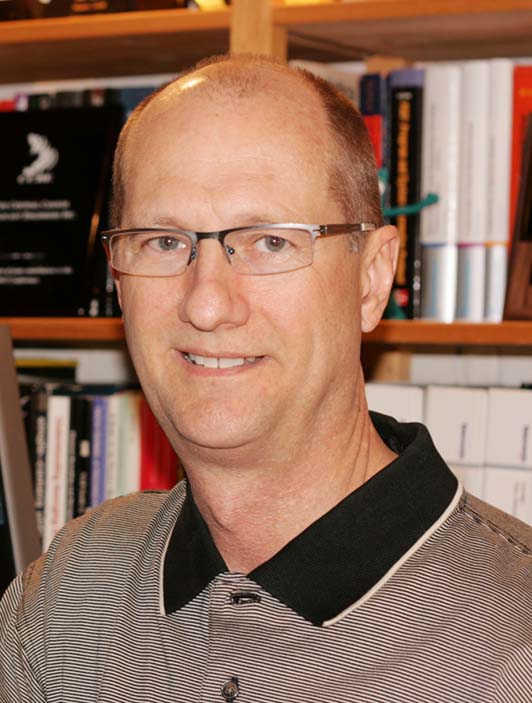
Kuhn (who appeared virtually) stressed in his portion of the training that creating an ST 2110-based infrastructure is not a “do-it-yourself project.”
“Most people have not done this before, as SDI has been around for 30 years or so and they’ve very comfortable with that technology,” he said. “IP is a totally different thing. You need to bring in a qualified systems integrator. You need to know how to ‘speak the language’ in dealing with vendors and, unlike SDI, what’s really important is to build a ‘sandbox’ lab for testing things before you try to introduce them into your main network.”
Kuhn said that although transitioning to IP involved a number of challenges—including a steep learning curve—the rewards are numerous.
“According to [Director of Customer Solutions] Cassidy Phillips at swXtch.io, who’s done a lot of study in this area, there’s a 58% savings in power for roughly the same switch density,” Kuhn said. “Also, a 5120-by-5120 SDI router might occupy 10 racks. You can now do this in two RUs within a single rack if you move to IP. There’s really an incredible savings in electrical power, air conditioning and floor space.”
The Oct. 24 event wrapped up with a comprehensive testing of ST 2110 knowledge, with certificates of completion awarded to participants. Organizers said it was the first time SMTPE has offered a certificate educational program at its annual conference. The course was intended as a preview of a very comprehensive virtual course on ST 2110 that SMPTE will offer, they said.
The 2024 SMPTE Media Summit attracted some 800 attendees and featured 40 exhibitors of television and cinema products and services in its “Solutions Hub.”

Summing up this year’s event, SMPTE president Jenkins said: “SMPTE strives to provide quality educational and innovative, research papers and panels as the foundation for our yearly MTS. Our goal is to showcase the work of the individuals who are driving efficiency and improvement throughout our industry by developing and deploying advanced technology and solid engineering.
“The attendance for this year's summit was on par with our 2023 summit and the vibe was one of camaraderie and support for the industry, our members, vendors, and partners,” he added. “We were excited to add a specific track for students this year under the moniker of SMPTE Student Day.
“Feedback from attendees has been positive, especially regarding the session selection this year, which focused on everything from IP transport and delivery via ST 2110, virtual production, deep dives into color science, sound technology and, of course, artificial intelligence,” he concluded.
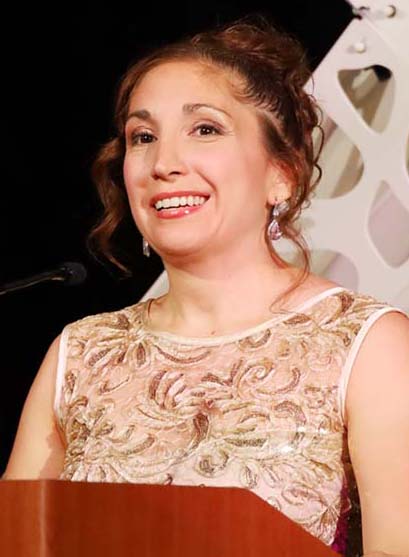
Sally-Ann D’Amato, named SMPTE’s interim executive director earlier this month, also shared her thoughts on the event.
“This year’s MTS was all about networking opportunities and a better synergy between the program and the exhibitors,” she said. “We continued with 2023’s addition of the Emerging Tech Stage Sessions, with many of our exhibitors participating. We also added the ‘Tech Treks’ this year, which were guided exhibit tours of companies that were showcasing technology discussed within the program. It was a great way for our exhibitors to show the attendees ‘technology in action,’ and also to demonstrate the impact of SMPTE standards on their work, especially ST 2110.
“We also tried to build in more time for networking, and I heard a lot of positive response from attendees on that,” D’Amato added. “SMPTE has always been about quality over quantity. We want to bring together the practitioners, the manufacturers and the decision-makers in the same room and give people access to connections that they might not otherwise make.
“We tried to put more focus on early career professionals and students this year,” she concluded. “We want to set these individuals on a path to more involvement and eventually leadership within SMPTE and the industry.”
The 2025 SMPTE Media Technology Summit will move from its longtime location in Hollywood to neighboring Pasadena next year, running from Oct. 13-16, 2025.
James E. O’Neal has more than 50 years of experience in the broadcast arena, serving for nearly 37 years as a television broadcast engineer and, following his retirement from that field in 2005, moving into journalism as technology editor for TV Technology for almost the next decade. He continues to provide content for this publication, as well as sister publication Radio World, and others. He authored the chapter on HF shortwave radio for the 11th Edition of the NAB Engineering Handbook, and serves as editor-in-chief of the IEEE’s Broadcast Technology publication, and as associate editor of the SMPTE Motion Imaging Journal. He is a SMPTE Life Fellow, and a Life Member of the IEEE and the SBE.

